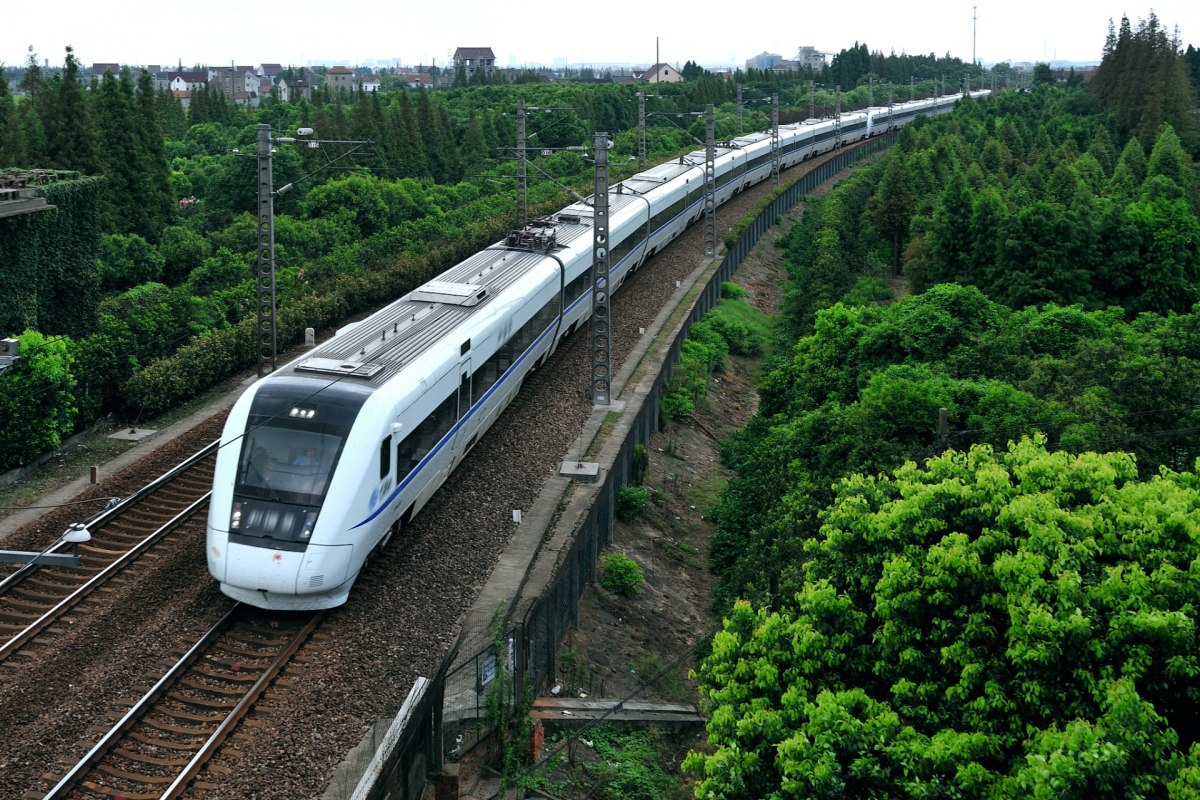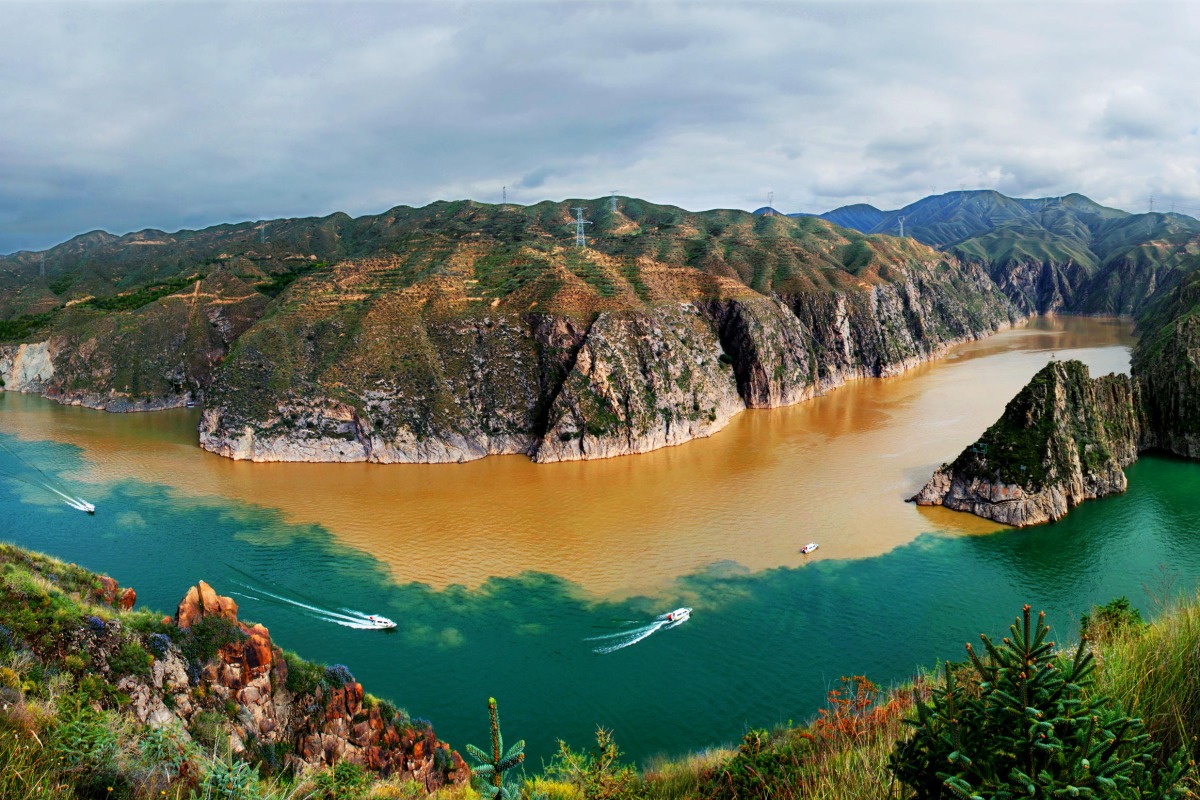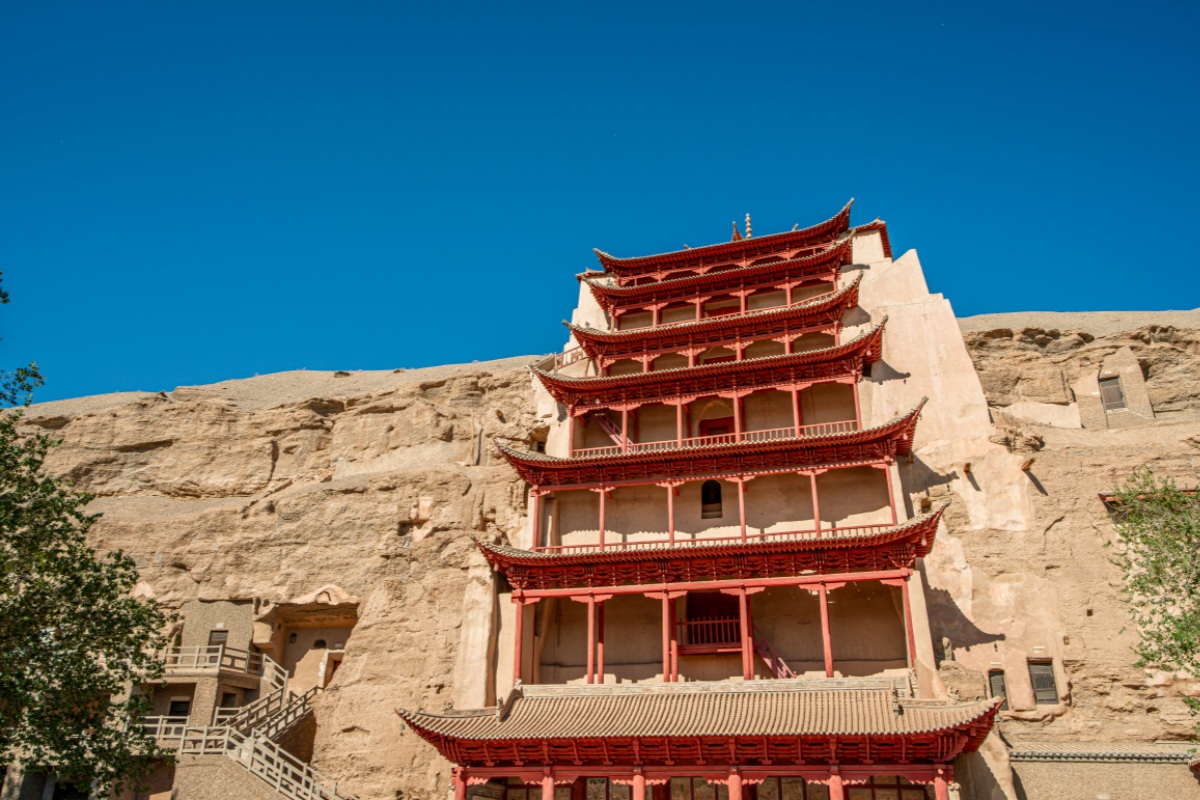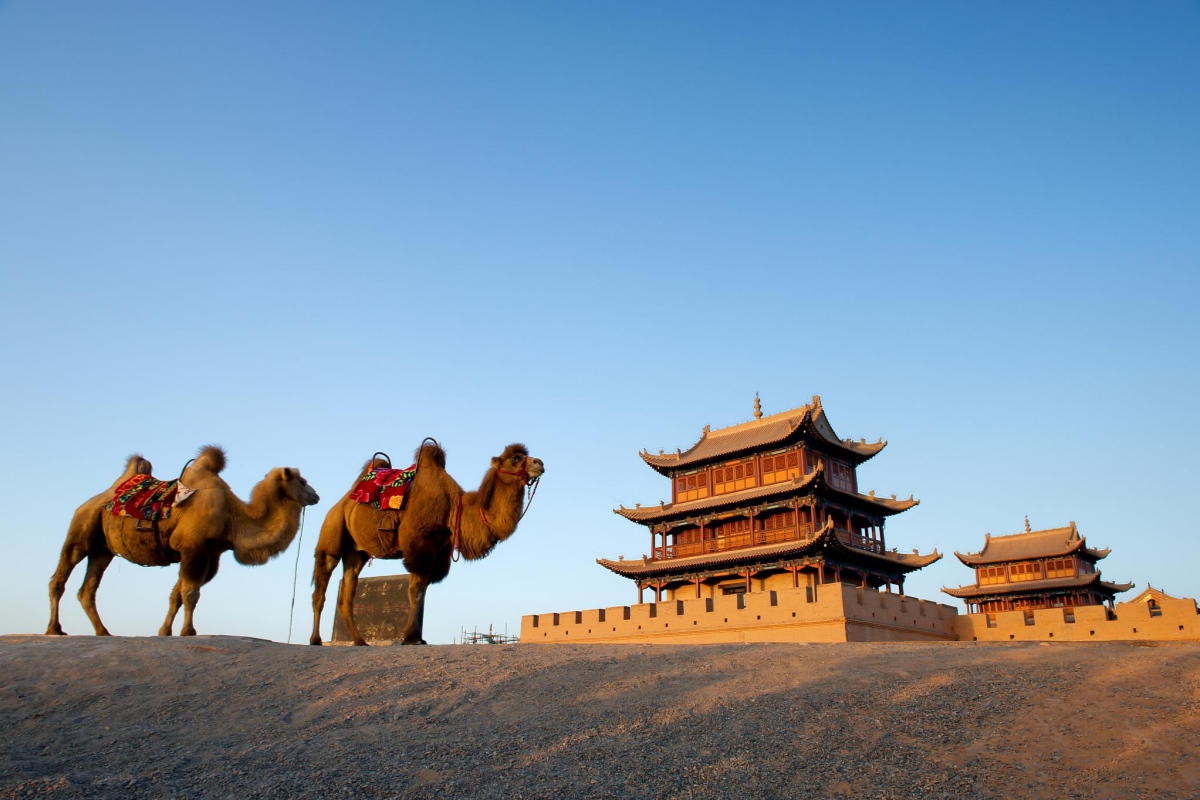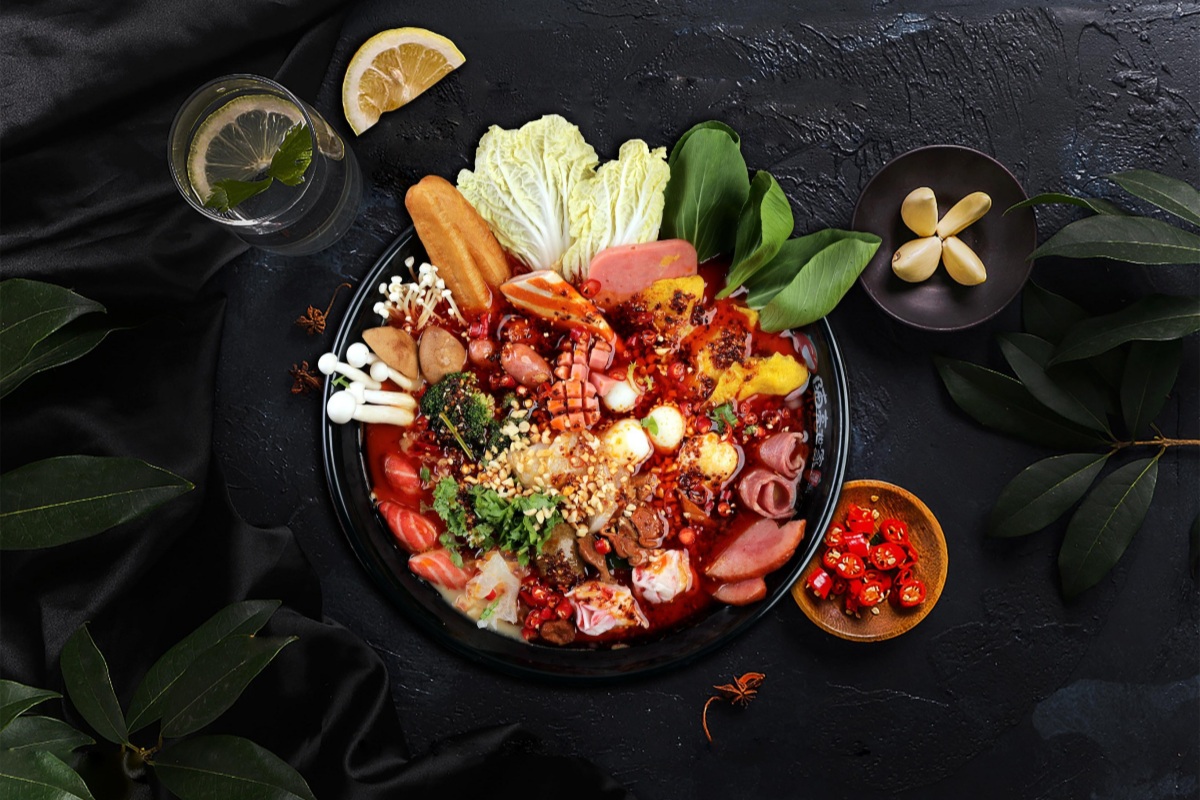Table of Contents
ToggleThis article is your guide to understanding where Gansu is in China, why its location matters, and how it fits into your Silk Road adventure. Whether you’re a history lover, nature enthusiast, or culture explorer, Gansu is a place that may soon find its way to your travel bucket list.
Where is Gansu Located in China?
Gansu is located in northwestern China, stretching between the Tibetan Plateau, the Mongolian Plateau, and the Loess Plateau. It is a long, narrow province that forms part of the famous Hexi Corridor—a vital route in the ancient Silk Road.
Gansu borders the following Chinese provinces and regions:
- Xinjiang to the west
- Qinghai and Sichuan to the south
- Ningxia and Inner Mongolia to the north
- Shaanxi to the east
Its capital city is Lanzhou, which lies on the banks of the Yellow River. Lanzhou is often the starting point for Gansu Silk Road tours.
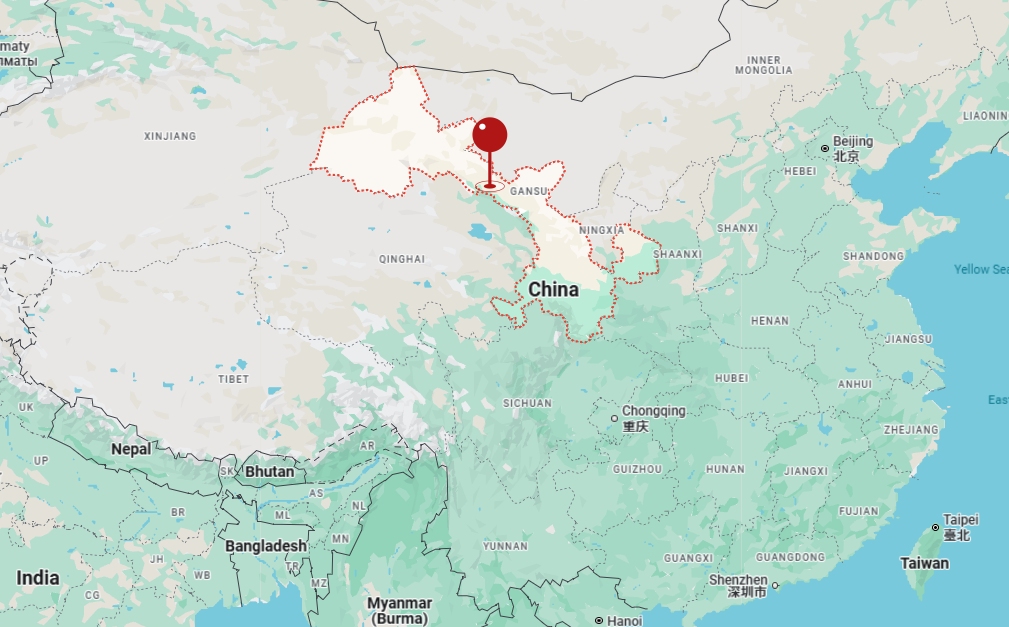
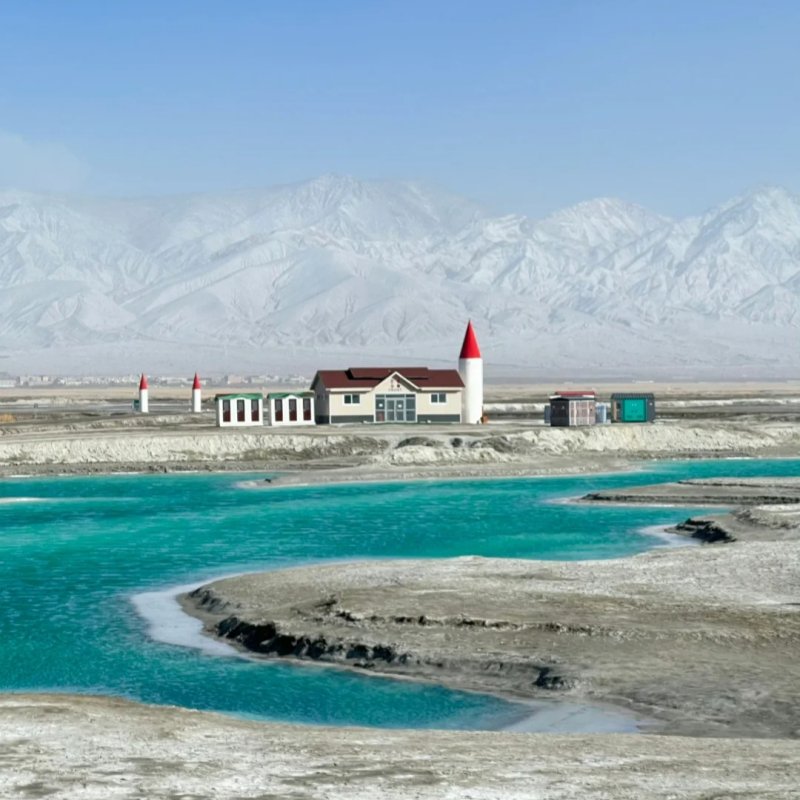
8 Days Gansu Qinghai Tour | Rainbow Mountains, Crescent Lake, Qinghai Lake
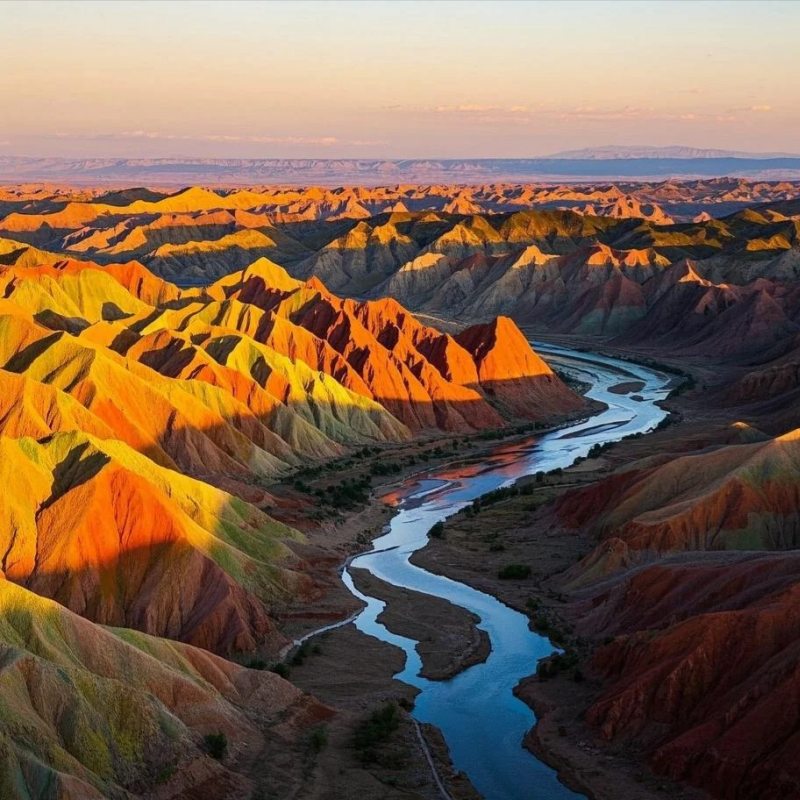
7 Days Gansu Tour – Binglingsi Grottoes, Danxia Landform, Mogao Grottoes
Top Cities to Visit in Gansu
Lanzhou
- The Capital on the Yellow River.
- A busy transport hub and a great place to start your Gansu tour.
Zhangye
- Home of the Rainbow Mountains.
- Known for the stunning Zhangye Danxia National Geopark and the Giant Buddha Temple.
Jiayuguan
- Where the Great Wall Ends.
- Visit the impressive Jiayuguan Fortress and walk along the edge of ancient Chinese civilization.
Dunhuang
- A Treasure of Buddhist Art.
- Explore the Mogao Grottoes, ride camels in the desert, and watch sunsets at Crescent Lake.
Gansu Province
Why Gansu’s Location Matters
A Key Stop on the Ancient Silk Road
Gansu’s position made it a strategic link between Central Asia and Eastern China. Ancient traders passed through here with silk, spices, and stories. Cities like Dunhuang, Jiayuguan, and Zhangye were important outposts along the route.
A Meeting Point of Cultures
Thanks to its location, Gansu became a cultural melting pot. Along your journey, you can find:
Buddhist grottoes, like the famous Mogao Caves in Dunhuang.
Great Wall forts, like Jiayuguan Pass, the western end of the Ming Great Wall.
Colorful landscapes, like the Zhangye Danxia Landform, shaped over millions of years.


